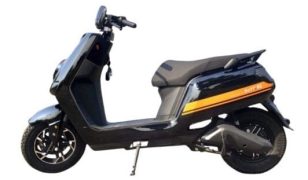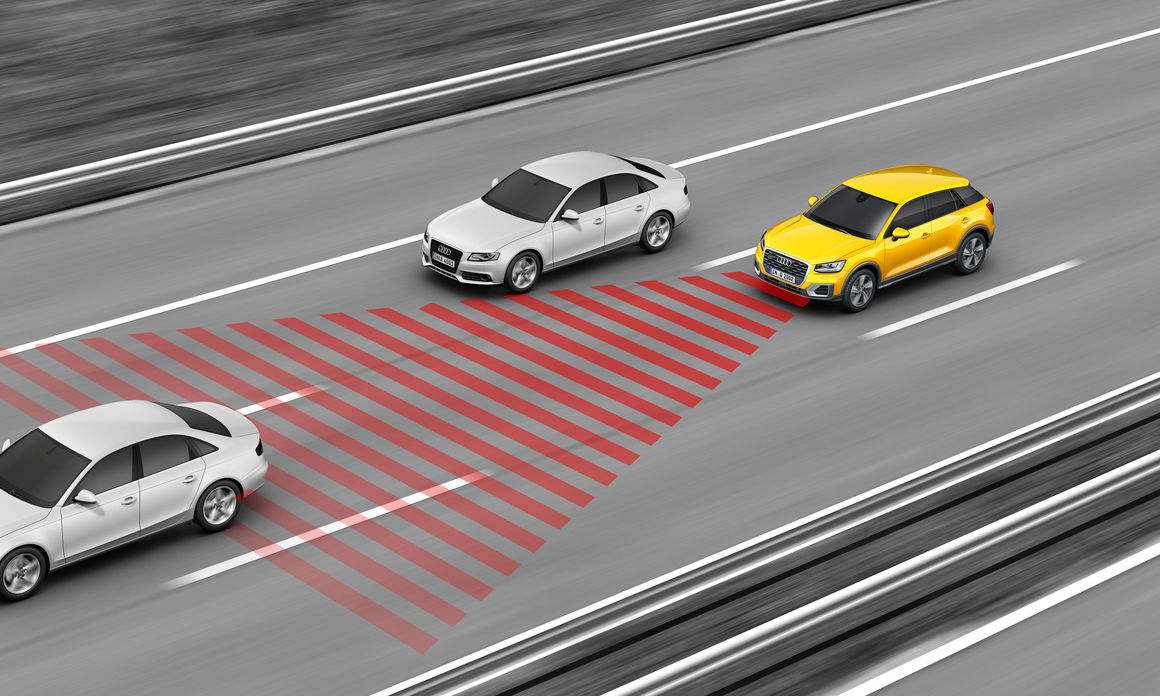All You Need TO Know About CVT (Continuously Variable Transmission)

CVT means Continuously Variable Transmission. This type of transmission has infinite gear ratios hence the name continuously variable no gears but has pulley. In CVT you have just one gear which is variable across all driving conditions.
Working Mechanism
CVT’s are operated hydraulically. The power from the driving pulley reaches the driven by a metal belt which is stronger than the rubber belt and can handle more torque. This transmission uses a belt to transmit power from the input shaft to output shaft. Two conical pulleys and a steel belt make up a basic CVT. The input pulley turns the belt and the belt turns the output pulley. This transmission is automatically controlled by a microcontroller. It achieves reverse motion by a planetary gearbox.

The simple mechanism provides infinite gear ratios.
Gear ratio = INPUT SPEED / OUTPUT SPEED
If the sleeves of driving are near to each other then it is the lowest ratio and apart from each other then it is the highest ratio and infinite ratios between them. CVT can keep your power always at an optimum level while.
Advantage
Depending on the vehicle, CVT can provide a better driving experience when comparing it to an automatic car.
Fuel efficiency:
- The most significant advantage to having a CVT is that they are often more fuel-efficient than a regular automatic.
- CVT’s can accelerate faster than other transmissions.
- CVT is also lighter than other transmissions.
Disadvantage:
- CVT cars are expensive than the traditional automatic and manual transmissions.
- CVT is not much reliable.
- Another disadvantage is that it can’t handle high torque.
Cars with CVT
Maruti Suzuki Baleno CVT, Hyundai i20 elite CVT, Honda Amaze CVT, Nissan Sunny, Renault Duster are some of the cars in India with CVT transmission. CVT is efficient and provides a good driving experience.





